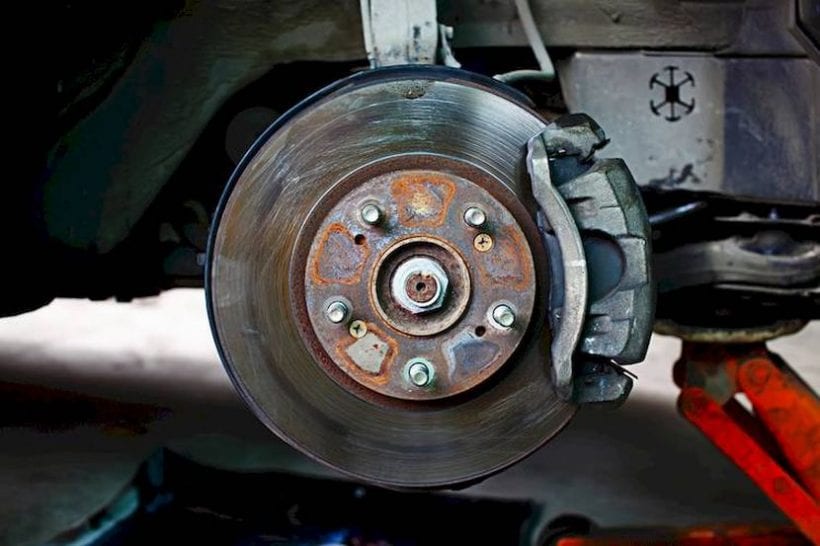Your car’s brake system is probably one of its most durable parts—and for good reason. It’s a crucial safety feature that helps prevent accidents, so it’s only logical to design it to last as long as possible. This is why many car owners don’t realise that their brakes are going bad until things have taken a turn for the worse.
The good thing is that high-quality brake system components are easy to find. This shop, for example, is a good auto parts source for popular Chrysler, Dodge, and Jeep models.
Still, you shouldn’t wait until the last minute to repair or replace your vehicle’s brakes. Your safety and those of others on the road depend on it! Visit your trusted mechanic for a thorough inspection as soon as you notice these warning signs:
The Brakes Squeal or Squeak
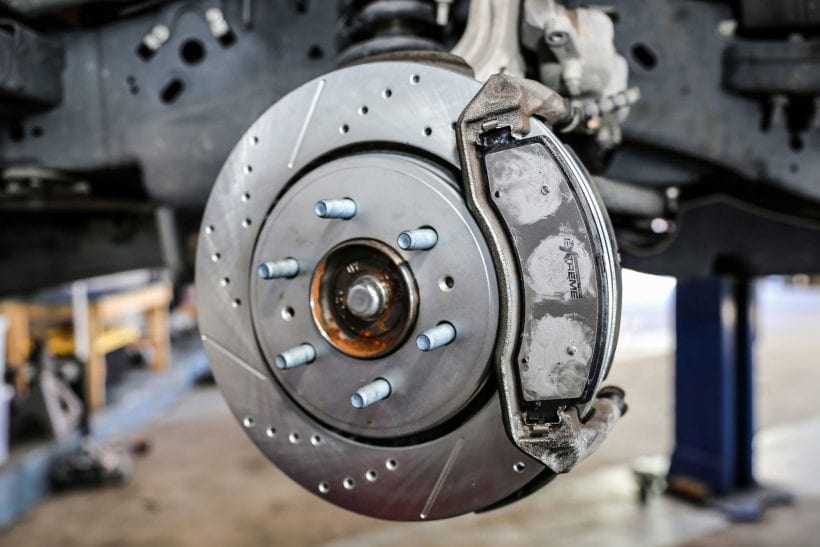
One of the biggest indicators of brake problems is when you hear different noises when you apply the brakes. The most common one is a squealing or squeaking sound, which usually means that your brake pads are worn down. You should replace them immediately or else you’ll damage the rotors (which are more expensive to fix).
If you can, invest in brake pads made from carbon ceramic. They’re more resistant to deformation and are not as prone to corrosion. Carbon ceramic brake pads are also quieter and don’t generate as much dust, keeping your wheels and rotors cleaner for longer.
At times, you might hear or feel the brakes grinding. If your vehicle has rear drum brakes, check if the brake shoe is rubbing against the backing plate or other metal contact points. Usually, this can be fixed by removing the rust and reapplying some lubrication. In other cases, worn-down brake pads can also make grinding noises when they’re scraping against the rotors.
The Brake Lights Are On
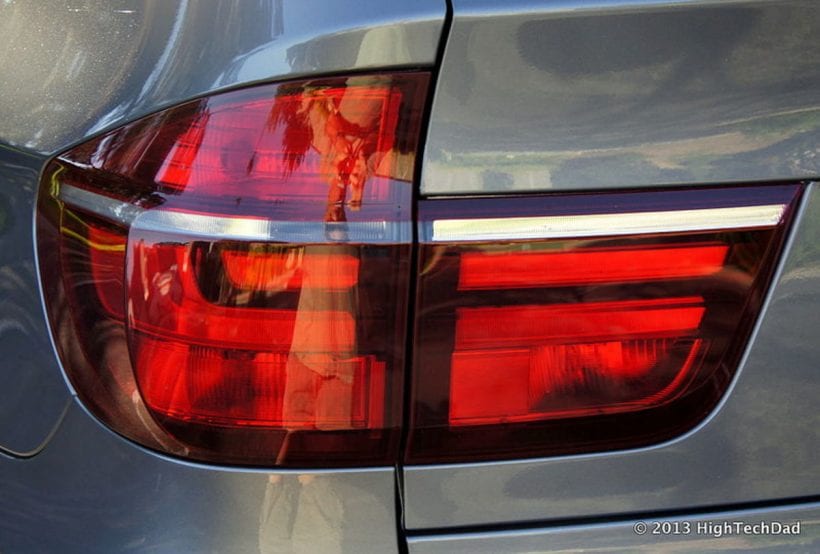
There are a few reasons why the brake warning indicators on your dashboard would light up. First would be an issue with the electronics. Inspect the other lights if they’re working properly to help rule out busted bulbs, faulty wiring, or broken switches.
You should also take note of which of the two warning lights are activated. The one for the handbrake is red, while the one for the anti-lock braking system (ABS) is yellow or orange. If the red light is on, check if the handbrake is engaged and if the tyres are skidding.
Meanwhile, if the yellow or orange light is on, bring your vehicle to an auto-mechanic ASAP. This light indicator can mean a lot of things, including a dirty wheel speed sensor. If this is the case, the ABS won’t work properly and your car will have a higher risk of losing traction, hydroplaning, and skidding.
The brake warning light can also activate due to low levels of brake fluid, uneven fluid pressure, or a broken brake fluid level sensor. These are easy enough to fix, so don’t delay in bringing your car in for a check-up and maintenance.
The Brake Pedal or Steering Wheel Vibrates
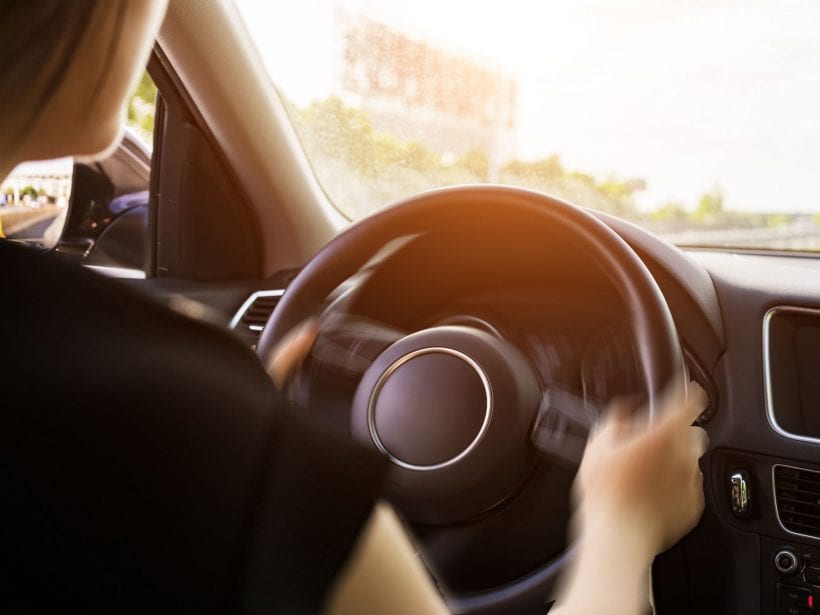
Another indicator of possible issues with your car’s braking system is if the brake pedal or steering wheel vibrates as you’re attempting to brake. This can be due to a lot of reasons, but the following are the most common culprits:
- Your brake pads are contaminated with oil or debris, which can make it difficult for the pads to clamp onto the rotors. This, in turn, can cause the pedal to vibrate.
- The rotors are out of alignment with the wheels. It’s also possible that the rotor’s surface has become uneven with bumps; when you brake, the brake pads could hit the bumps and cause vibrations.
- The calipers aren’t detaching properly from the rotor, usually due to a build-up of rust, dust, or other debris. The piston inside can become sticky due to extreme heat or natural wear-and-tear, which can prevent it from fully retracting the pad back to the “off” position.
- Improperly installed lug nuts, which can damage brake components.
You Need to Press Harder on the Pedal to Stop
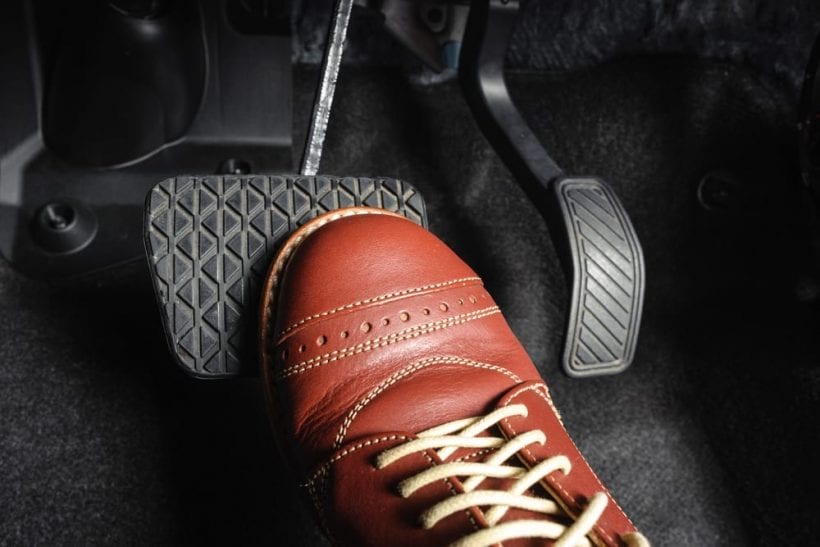
If your brakes are in good condition, you don’t need to press down too much on the brake pedal to get your car to stop. Just a normal amount of pressure from your foot would be enough. If the pedal feels tight and requires you to step harder than usual for the brakes to engage, then something is wrong.
This problem can be caused by various reasons, such as sludge build-up in the brake fluid. It could also be because of faulty vacuum-assist brake boosters. In this situation, you’re going to have to replace the booster itself as well as the master cylinder. Worn brake pads can also cause this issue; the thinner they get, the further they have to “travel” before they can come into contact with the rotor.
The Brake Pedal Feels “Spongy”
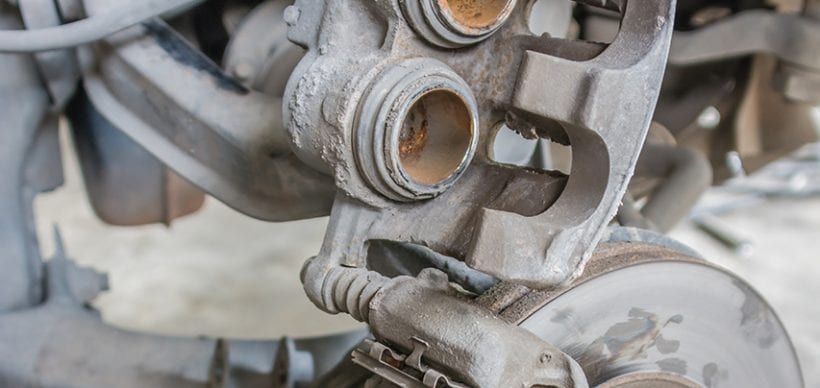
In some cases, instead of feeling stiff, the brake pedal can feel soft or spongy to the point that it practically reaches the mat when you step on it. Often, this is an indicator of moisture build-up or the presence of air in the braking system.
There could also be a brake fluid leak around the master cylinder, the calipers, or the brake line cylinders. This reduces the amount of pressure transmitted to the brakes, which leads to poor performance.
Either of the above-mentioned situations is a serious problem and needs to be addressed immediately.
A Sharp Burnt-Chemical Smell While Driving
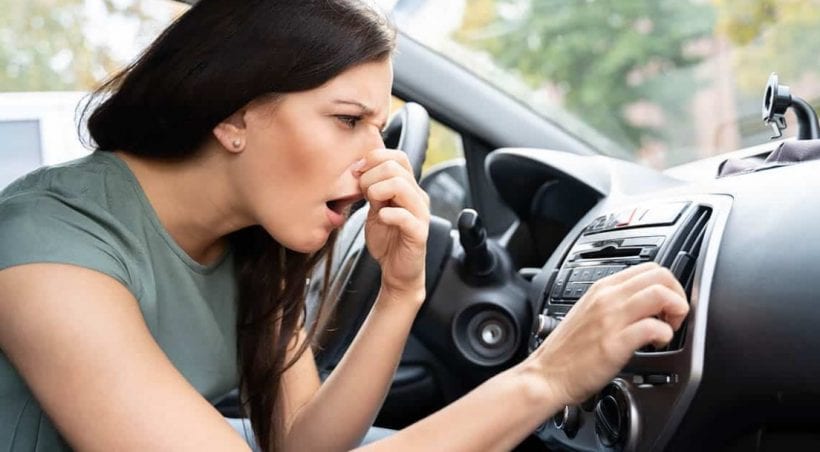
Usually, a burning smell around your car, especially near the hood, is due to an overheated engine. However, the brake fluid can also boil and burn if you’ve been putting your vehicle through its paces. The main difference between the two is that an overheated engine usually smells like burning rubber, while burnt brake fluid will smell “sharper” and more chemical in nature.
When you notice such an odour coming from your car, slow down and stop at a safe place as soon as possible. Release the parking brake and let the brakes cool down before attempting a fix.
The Car “Pulls” to One Side When Braking
Finally, another common indicator of impending brake troubles is when you’re feeling your car pulling or lurching to one side when braking. This is usually caused by misaligned rotors, which causes an imbalance in the force applied to the two front brakes.
Fortunately, if your brake components aren’t damaged or worn yet, this can be fixed by a simple realignment. Make sure to do it as soon as possible to prevent premature wear-and-tear.
There’s a lot that depends on your car’s brake system so it’s important to know when you might be having issues with it. Keep these signs and symptoms in mind so you can address any brake issues promptly.

